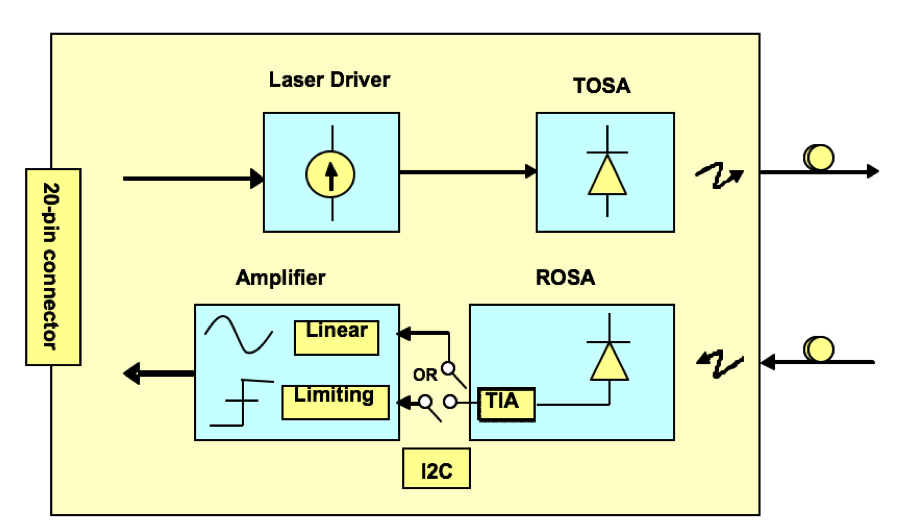
Priya Maratukulam
Product Manager
Cisco Transceiver Modules Group
It is estimated that approximately 22 million*, 10Gb/s Ethernet transceivers were shipped industry-wide in 2018. Transceivers have numerous applications from mobile backhaul to connecting switches and servers in data centers. With the multiple applications come varied requirements for reach on the transceivers. Some pass traffic for only a few meters but ultra-extended reach transceivers must transmit over 80km. At a distance of 80km the optical signal will accumulate a significant amount of distortion due to chromatic dispersion and will require electronic dispersion compensation (EDC) in order to create a usable electronic signal.
Not all Cisco platforms have ports that incorporate EDC. This means that ultra-extended reach linear transceivers such as Cisco’s DWDM-SFP10G-C cannot be used on certain Cisco hosts. To fill that gap, Cisco has released a limiting electrical interface ultra-extended reach transceiver (DWDM-SFP10G-C-S).
The heart of most 10G optical transceivers are the transmitter and receiver optical sub-assemblies (TOSA and ROSA). The ROSA is composed of a photodiode that converts the optical signal to photocurrent and the transimpedance amplifier (TIA) that converts the photocurrent to voltage, creating the useable electronic signal. There are two possible flavors of the receiver. Depending on the SFP+ architecture, either a limiting or linear electrical interface will be implemented in the module.
The output of a linear receiver remains proportional to the power of the received optical signal. In a limiting receiver there is an additional limiting amplifier stage and a comparator to boost the variable amplitude of the preceding amplification stage to a constant limited amplitude. The limiting receiver output is either high or low and “limited” by the voltage output of the comparator.


The linear receiver utilizes equalization and filtering to compensate for distortion. In the SFP+ form factor the equalization and filtering are performed by a separate EDC (electronic dispersion compensation) PHY which must be present on the host port. The EDC processes the received electronic signal and compensates for distortion to achieve better signal integrity over longer distances. Therefore, in general, linear receivers can support greater reach than their limiting receiver counterparts.
Recently, advances have been made that allow limiting transceivers to support a reach that is comparable to that of linear transceivers. The existing tunable DWDM transceiver that Cisco offers is a linear interface electrical transceiver (DWDM-SFP10G-C). Cisco has recently released a new limiting electrical interface transceiver (DWDM-SFP10G-C-S). The limiting DWDM-SFP10G-C-S is specified for a reach of 70km, whereas the linear transceiver DWDM-SFP10G-C has a reach of 80km.
It may appear that the new limiting interface transceiver has a shorter reach than the linear interface transceiver. However, keep in mind that the 70km specification is based on a worst case fiber chromatic dispersion assumption of 20 ps/nm-km. The ITU G.652 standard specifies a typical fiber chromatic dispersion of 17 ps/nm-km, which corresponds to a reach of 82km.

As previously mentioned the linear receiver requires EDC on the host port. Not all Cisco platforms have ports that incorporate EDC. For instance, neither Catalyst nor Nexus ports have EDC. Furthermore, since EDC consumes additional power, routers limit the number of ports on a platform that support EDC. For example, the NCS5501-SE has 24 ports that incorporate EDC and 16 that do not. DWDM-SFP10G-C-S closes this gap as it can be plugged into any SFP+ port regardless of whether that port incorporates EDC.
* LightCounting Market Research

CONNECT WITH US